A college student walks up to a piano next to a wall of windows in the three-story lobby of the Gonda building at the Mayo Clinic in Rochester, Minn. She takes her place on the bench and rests her finger tips on the black-and-white keys. Music begins to fill the lobby. People walking on the balconies above stop and lay their arms against the railing, gazing down at this young woman’s delightful talent as her tune wafts through the room. It is a momentary pause in a busy day of the people working and learning at the Mayo Clinic.
The young woman gracing the piano keys was Concordia senior Leah Kay, one of six Concordia students who was offered this research opportunity. They attended the Student Undergraduate Research Fellowship Program at the Mayo Clinic, a 10-week program directed at science students thinking about a future in biomedical research. The students from Concordia were seniors Leah Kay, Erin Maetzold, Erin Steer, Michael Clark, and Tyler Koep, and junior Jarryd Campbell.
This summer they injected a syringe full of prestige into their résumés.
The Mayo Clinic is a place recognized throughout the world for its advances in research and medical care, which, according the Mayo Clinic’s website, is sustained by an approximated $260 million budget. Researchers, who are called investigators at the Mayo Clinic, work together to find solutions in biomedical research studies, hoping to apply findings to problems encountered in the medical environment.
Its website calls the Mayo Clinic “the world’s first and largest integrated, not-for-profit group medical practice,” and says a mix of 3,300 physicians, scientists, and researchers work in partnership to help patients improve their health.
The 2009 participants in the Mayo Clinic’s SURF program were chosen from 933 applicants. According to the Mayo Clinic website, all candidates had to complete an online application. The application included an essay requiring the students elaborate on their aspirations, interests, and research experience, along with answering the question, “What leads you to believe you want to be a scientist?” Applications also included an up-to-date transcript and two recommendation letters from professors or mentors.
About one-tenth of the applicants were accepted into the program. All six of Concordia’s attendees boasted about the abundance of Cobbers in this summer’s program.
“We had the most of any other school chosen to be there,” Steer said.
Each of the students was able to list their preferred research area on their application. The department they would research in was assigned after preferences were cross-referenced with availability. Undergraduate researchers could be placed in any of 10 different departments located in Rochester, Minn., Jacksonville, Fla., and Scottsdale, Ariz. Departments had different research laboratories within them, and each of the Concordia students was placed in a different lab at the Rochester site.
Throughout the program, the students were able to research and learn about medical issues including cancer, gene therapy, and stem cells, with most of the learning coming through work done in the lab. Junior Jarryd Campbell and Senior Leah Kay researched in the Virology and Gene Therapy department, which focused on what viruses do and how to cure them, and understanding genetic causes of common diseases. Seniors Tyler Koep and Erin Maetzold researched in the Immunology department, learning techniques for studying the body’s defense system against diseases. Senior Michael Clark researched in the Clinical and Translational Science department focusing on infectious diseases. Steer researched in the Molecular Neuroscience department, looking at the brain’s function in relation to a multitude of diseases.
Dr. Heidi Manning, division chair for sciences and mathematics and associate professor of physics at Concordia College, knows how important undergraduate research is for students in the sciences. She said that the labs done for class are important for students to learn experimentation techniques, but being able to have research experience among professionals is essential for students.
“The way we learn how to do science is by doing science,” Manning said.
While researchers couldn’t rely on student data to reach conclusions, Campbell said the Mayo Clinic was unique because they wanted students to learn to use new-age, high-tech equipment. Students were allowed to use the equipment they would not have had the opportunity to use at school.
“We’re the next generation,” Campbell said. “We need to learn as many testing techniques as we can in a certain amount of time.”
Each student was able to work with a designated researcher, called a Primary Investigator. These PIs were in charge of specific research laboratories at the Mayo Clinic. Steer said that each student had the opportunity to work closely with their PI.
“It’s a rare opportunity for undergrads to work with people [of] that caliber,” Steer said.
Campbell explained many PIs spend their days writing grants and attending meetings. Much of the work within the lab was carried out by graduate students, researchers with a doctoral degree, and lab technicians, who carried out experiments and helped with lab techniques and equipment.
Campbell was lucky to get especially close to his PI, working alongside him daily because many of the people in his lab had less than a year’s worth of experience. Everyone was learning about research along with Campbell.
“[My PI] had to be there because my lab was very young,” Campbell said.
Campbell also said he went to lunch with his PI daily along with four or five other researchers from his lab. This allowed for an open dialogue between Campbell and his co-workers about science, future career paths, and life.
Maetzold enjoyed her hands-on role with the research. She felt that she was hired to do more than just busywork.
She said she could tell the people at the Mayo Clinic really wanted her to learn because she was required to go to weekly sessions about a wide range of topics, including immune system defenses, medical professions, brain studies, and cancer research. These sessions gave insight into the student’s professional futures through exposure to the future of biomedical research.
In addition to research experience and weekly sessions, Clark got the chance to shadow medical doctors at the Mayo Clinic. These experiences allowed him to assess one of his future goals of becoming a physician.
He had the chance to see which parts of being a physician he did and did not enjoy first-hand.
“It let me see what my interests are,” Clark said.
Koep found being surrounded by medical professionals both in the lab and outside it particularly memorable. He recalled overhearing a conversation between some doctors while working out at the Mayo Clinic gym.
“When I was in the gym, I’d hear one guy talk to the other about his heart surgery that day, then the next would talk about his brain surgery,” Koep said.
As the students explained, there is a lot of research going on in many different realms of science right now; they all overlap. Being at the Mayo Clinic gave the students a sense of hope for the building questions that science prompts, regarding how to help people become healthy.
“Even if they haven’t found a cure per se, every experiment they do advances what they know about treatment,” Maetzold said.
Each of Concordia’s SURF participants is looking ahead to what they will do after Concordia. The Mayo Clinic experience has allowed them to get a taste of their future.
“Research gives you that taste of what grad school is going to be like,” Kay said.
All six students were unsure of the exact path they wanted to take in the future, with so many options in science study available to them. Whether it would include a medical degree, a doctoral degree, teaching at the post-secondary level, more research opportunities, or maybe a stint as a PI, the futures of the SURF participants look bright.
“Mayo makes you believe that you can do anything you want to do,” Koep said.

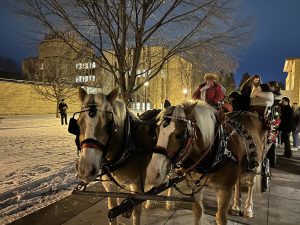
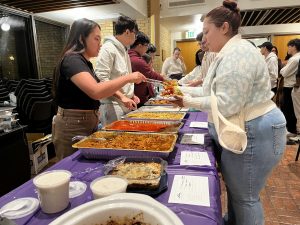
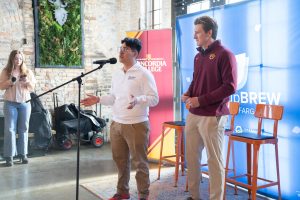
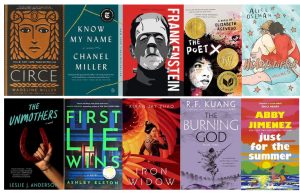
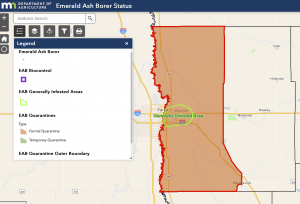
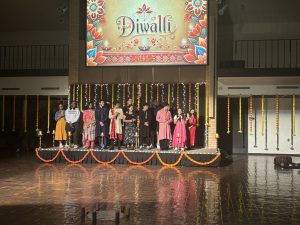
Be First to Comment